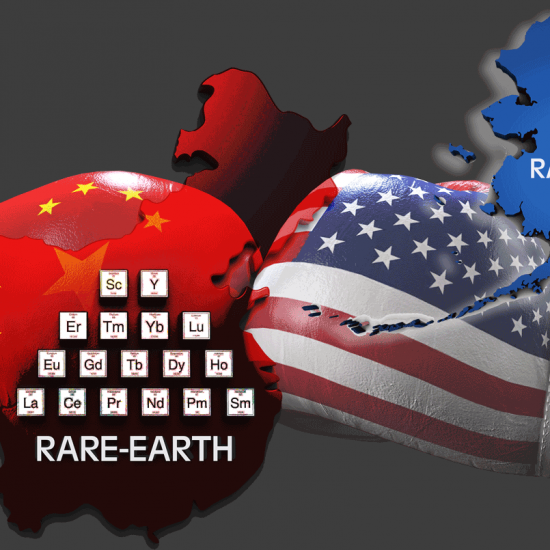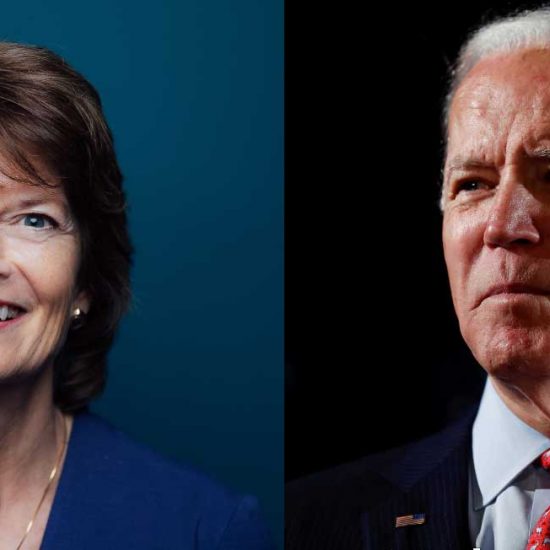President Obama attempted to gin up concern about global warming during his recent high-profile trip to Alaska, but he inadvertently called attention to major flaws in alarmist global warming theory. If Obama wants to use Alaska as a poster child in the global warming debate, skeptics will be all too happy to oblige.
“I’m going because Alaskans are on the front lines” of global warming, Obama declared in a White House video. He also claimed Alaska is warming twice as fast as the rest of the planet.
Obama listed a litany of alleged global warming harms occurring in Alaska. He claimed warming is destabilizing permafrost, threatening homes and infrastructure. He claimed rivers are becoming warmer and more acidic, threatening tourism. He claimed sea level is receding, causing shoreline erosion. He claimed wildfire season is longer and more intense. He claimed Arctic sea ice is shrinking.
Despite all the verbal posturing, objective facts show Obama is misrepresenting the facts regarding global warming and Alaska. Let’s start by examining his claim that Alaska is warming twice as fast as the rest of the planet.
Obama made this claim by singling out a time period covering the past 60 years. Since 1955, our planet has undergone three separate and distinct temperature trends. From 1955 through the late 1970s, global temperatures cooled. From the late 1970s through the late 1990s, global temperatures warmed. From the late 1990s through the present, global temperatures have flat-lined.
In Alaska, according to the Alaska Climate Research Center (ACRC), temperatures cooled from 1955 through the 1973, warmed significantly between 1973 and 1980, and have been flat ever since. There has been no global warming in Alaska since the 1970s. Claiming Alaska has been warming at twice the global average during the past 60 years is a very imprecise (at best) and misleading (at worst) way of pointing out that Alaska warmed during a brief 7-year period more than three decades ago and did not experience any warming during the rest of the 60-year period, including the past 35 years.
See Full Story at Forbes











